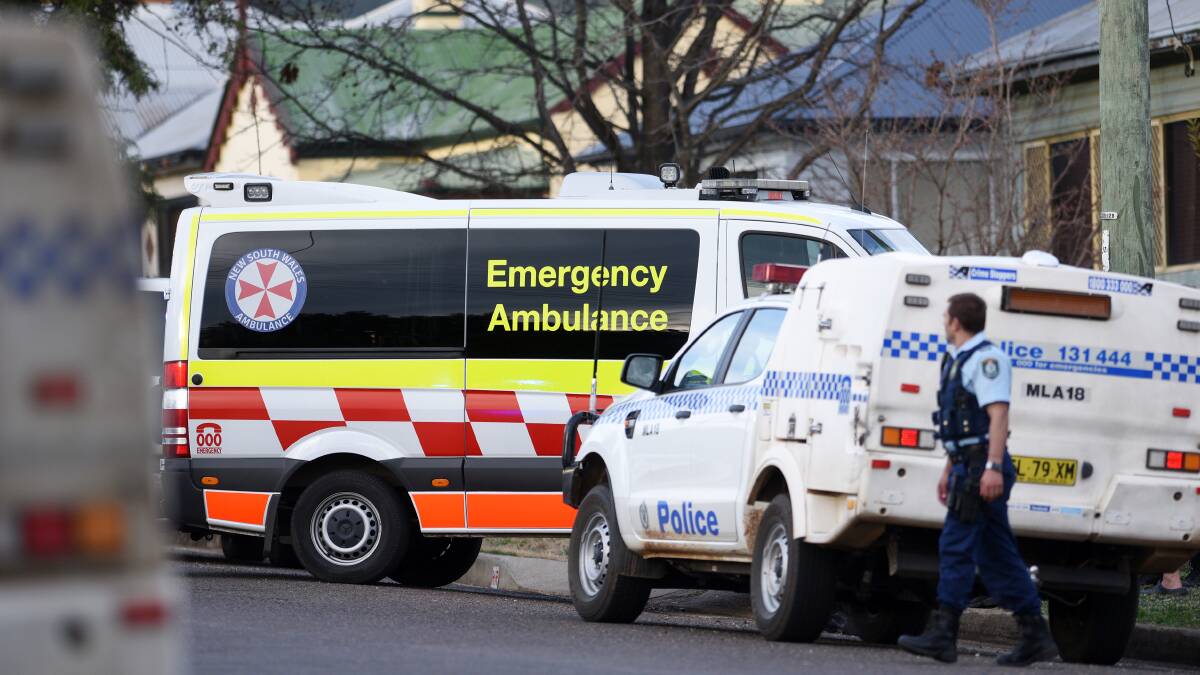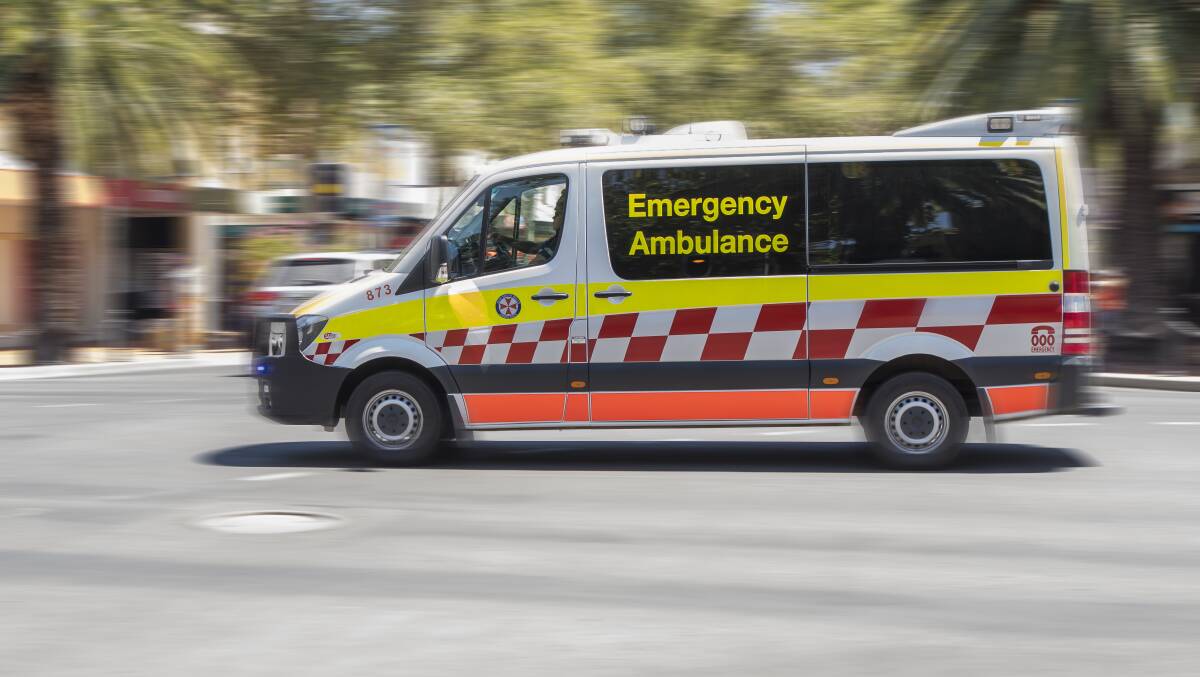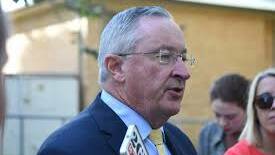
On average a paramedic is being assaulted every month in this region, and while alcohol and drugs play a major role, the statistics also highlight a desperate shortage of working paramedics in NSW.
Subscribe now for unlimited access.
or signup to continue reading
On Friday, following a roundtable on physical violence against paramedics, the State Government backed paramedics’ rights to refuse to treat a patient if they feel unsafe following 20 reported assaults in the first ten weeks of this year.
NSW Health Minister Brad Hazzard made it clear for the first time that paramedics have the full backing of the government and senior management if they choose to stay away from an unsafe situation, even if it means someone could die.
Acting New England Zone Manager Sean O’Connor said that while Ambulance Officers “have had the right to stand off in a dangerous situation for a couple of years now”, the endorsement of that practice by the state further strengthens their safety protocols.
“It doesn’t happen very often, there might be, anecdotally, one a month in the New England but it just endorses the action from the management to the paramedic that they can do that,” Mr O’Connor said.
“Ambulance have no desire to put paramedics in any danger, in fact we go to great lengths to prevent them from being hurt.”
Those lengths include call takers relaying as much information to paramedics on their way to a scene as possible, as well as training paramedics on ways to de-escalate situations, plan escape routes and identify potential triggers before they occur.
However the best weapon the paramedics have is rostering – making sure that there are two paramedics on every call-out, although unfortunately NSW is 1300 paramedics behind the other states in terms of population parity.
Mr Hazzard has been under pressure for some time to increase the number of paramedics in NSW, however would not be drawn into making any promises at Friday’s roundtable.

Health Services Union New England president Dave Lucietto said that the state “urgently needs at least 500 more paramedics”, not only for safety, but also to achieve better outcomes for all patients.
Currently NSW boasts some of the worst response times and the highest rates of paramedic injuries in the country.
“We (HSU) have been saying for years that safety is of the utmost importance, so we are quite happy that the Government has acknowledged what has been happening,” Mr Lucietto said.
“I have been involved in the paramedics for 20 years and nearly every paramedic I know has been threatened or assaulted.”
While many have been blaming the rise of the ice epidemic as the reason for the increase in assaults, Mr Lucietto is convinced that alcohol remains the biggest factor.
“Drugs might play a minor role but alcohol is the biggest accelerant of poor human behaviour on the planet,” he said.
“Nine out of ten times it is a drunk idiot that is either threatening and assaulting paramedics – It is happening on a regular basis in the New England and highlights the need for more paramedics.”
“The current rate of recruitment and training is really only covering attrition, we need a minimum of 500 more paramedics just to get us to a reasonable level of cover – we are short all over the place.”

Meanwhile paramedics and other emergency services have been dealt a blow after scheduled talks about road safety fell through last weekend.
Roads and Maritime officials were set to meet with representatives from the Emergency Services regarding the proposed introduction of a new law requiring drivers to slow down to 40 kilometres an hour when passing an emergency services vehicle with flashing lights, similar to legislation introduced in other states.
Rural Fire Service President Ken Middleton said the RMS’s decision to withdraw from the meeting was “deeply concerning and shows disrespect towards the concerns of emergency workers.”
“It has been recognised that action needs to be taken to improve safety on NSW roads and clearly action also needs to be taken to protect emergency services workers and now is the time to act,” he said.

